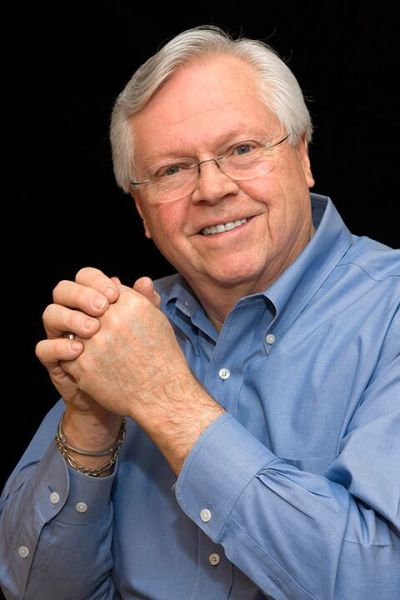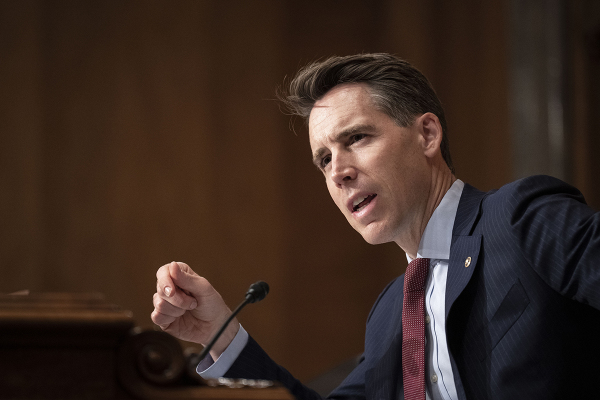Di-ver-si-ty can be a four letter word
“Diversity” is one of those words which has been mutating. The following appeared in a Goldman Sachs ad, 2000 “It’s hard to define what diversity is because everyone has an opinion.” This is most unfortunate especially at a time when the word is experiencing an increased popularity of use.

It was probably 20 or 30 years ago that the subject of diversity began to seriously surface in Christian colleges and preparatory schools. There was a great deal of pressure being brought to bear on these schools to demonstrate racial and ethnic heterogeneity in the student body.
Diversity began in discussion among those outside of institutions rather than among institutions' faculties, which then spread to committees, and ultimately to the board room. At first not much was made of this because a great deal of progress had been made since the founding of many “white flight” schools during the middle and latter twentieth century.
Upon the new millennium came an increased amount of pressure on schools to focus on diversity. With this came agenda items at board and committee meetings recommending goals with measureable objectives, “quotas” if you will, to be carefully monitored. Experience with affirmative action reminded of the disastrous student track record resulting from its imposition. Well, you might imagine the discussion which ensued, not only formally, but informally became vigorous. To make it perfectly clear in the discussions of which I was a part of and in reports to me from colleagues outside my point of reference, the hesitation was not one of resistance because of bigotry, but more accurately of practicality of smooth synthesis.
As it relates to the diversity issue, here are some of the things to consider. First, as an academic institution, what, if any adjustments will be made to the institutional academic requirements? Research of additional school systems may have to be investigated to better understanding grading, curricula, as well as scope and sequence issues.
What are the expected cultural modifications needing to be considered? This is a particularly complex consideration including: worship style, dress code, social norms, dietary requirements, spiritual expectations, and a number of other important issues. And, don’t forget the faculty profile may have to change.
Standardize testing will probably have to be reconsidered as you see the need to lower or hold the line on test scores required for admission. Experience has probably revealed expectations, but the reality may become evident in greater numbers in certain categories. Some institutions remembering affirmative action will possess a head-start with regard to the student success rate.
What has become clear to me as I have observed other institutions, two nearby to me, is that a special initiative or carefully crafted marketing plan need not be established. These two schools simply continued to operate with a broad outreach into the surrounding communities with such success as to have student bodies which represented 30% to 50% minority population. That’s extraordinary!
Of course these schools, although in the suburbs, were located near urban areas. Institutions more remotely located or surrounded by more suburbs would have to make a more concerted effort of outreach to find success with broadening their internal population. Think about “diversity” without the artificial nature of attempting some social experiment.
Reach out and they will come! Di-ver-si-ty needn’t be a dirty word.





















